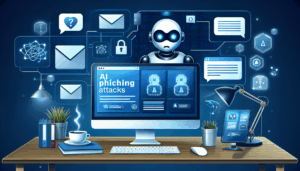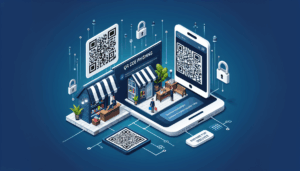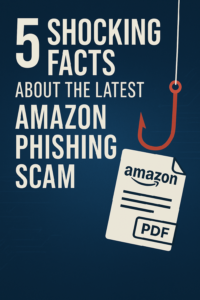Google Data Leak Phishing Shock: Why Small Businesses Must Plan Now or Pay Later
When we talk about cybersecurity, it’s tempting to think the real threats are aimed at big-name companies. But here’s the thing, small businesses are sitting ducks, especially now. The recent Google data leak phishing scare proves just how exposed you really are. Over 2.5 billion Google user records are floating around out there, including Gmail and Google Cloud accounts. If you rely on Google for email, file sharing, calendars, or even running your entire operation, this one’s aimed straight at you.






